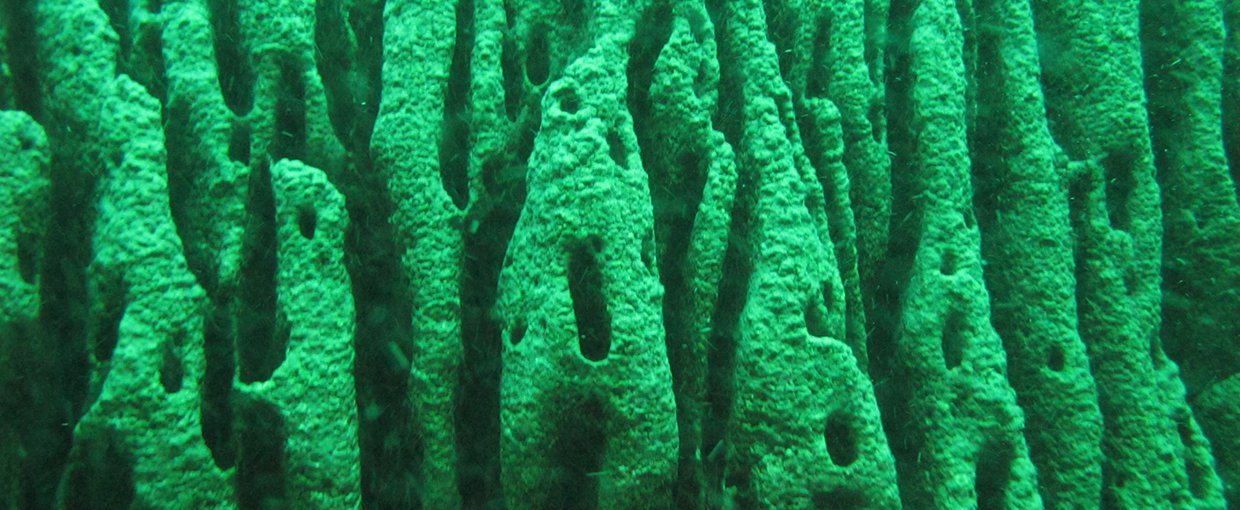
Behind the front page space science discoveries that tell us about the intricacies and wonders of our world are generally years of technical and intellectual development, years of planning and refining, years of problem-defining and problem-solving. And before all this, there also years of brainstorming, analysis and strategizing about which science goals should have the highest priorities and which might be most attainable.
That latter process is underway now in regarding the search for life in the solar system and beyond, with numerous teams of scientists tackling specific areas of interest and concern and turning their group discussions into white papers. In this case, the white papers will then go on to the National Academy of Sciences for a blue-ribbon panel review and ultimately recommendations on which subjects are exciting and mature enough for inclusion in a decadal survey and possible funding.
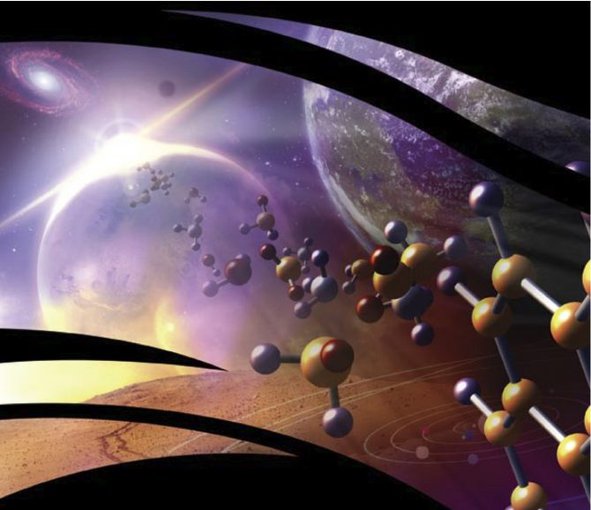
The scientific search underway for life beyond Earth requires input from many disciplines and fields. Strategies forward have to hear and take in what scientists in those many fields have to say.Image credit: NASA.
This is a generally little-known part of the process that results in discoveries, but scientists certainly understand how they are essential. That’s why hundreds of scientists contribute their ideas and time — often unpaid — to help put together these foundational documents.
With its call for extraterrestrial habitability white papers, the NAS got more than 20 diverse and often deeply thought out offerings. The papers will be studied now by an ad hoc, blue ribbon committee of scientists selected by the NAS, which will have the first of two public meetings in Irvine, Calif. on Jan. 16-18.

Shawn Domagal-Goldman, a leader of many NASA study projects and a astrobiologist at NASA’s Goddard Space Fight Center.Image credit: NASA.
Then their recommendations go up further to the decadal survey teams that will set formal NASA priorities for the field of astronomy and astrophysics and planetary science. This community-based process that has worked well for many scientific disciplines since they began in the late 1950s.
I’m particularly familiar with two of these white paper processes — one produced at the Earth-Life Science Institute (ELSI) in Tokyo and the other with NASA’s Nexus for Exoplanet System Science (NExSS.) What they have to say is most interesting.
This is what Shawn Domagal-Goldman, an astrobiologist at the Goddard Space Flight Center, had to say about their effort, which began 16 months ago with a workshop in Seattle:
“This is an ‘all-hands-on-deck’ problem, and we held a workshop to start drawing a wide variety of scientists to the problem. Once we did, the group gave itself an ambitious goal – to quantify an assessment of whether or not an exoplanet has life, based on remote observations of that world.
“Doing that will take years of collaboration of scientists like the ones at the meeting, from diverse backgrounds and diverse experiences.”

Chaitanya Giri, a research scientist and the Earth-Life Science Institute in Tokyo.Image credit: ELSI.
Chaitanya Giri, a research scientist at ELSI with a background in organic planetary chemistry and organic cosmochemistry, said that his work on the European Rosetta mission to a comet convinced him that it is essential to “develop technological capacities to explore habitable niches on various planetary bodies and find unambiguous signatures of life, if present.” There is some debate about the organic molecules — the chemical building blocks of life — identified by Rosetta.
“Over the years there have been scattered attempts at building such instruments, but a coherent collaborative network was missing,” Giri said. “This necessity inspired me to put on this workshop,” which led to the white paper.
We’ll discuss the conclusions of the papers, but first at little about the decadal surveys:
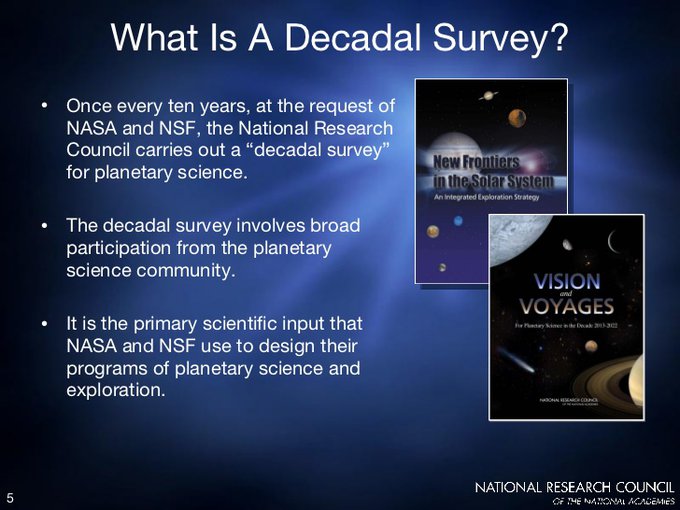
What is a decadal survey?Image credit: NASA.
Here are the instruction from the NAS to potential white paper teams working on life beyond Earth projects and issues:
- Identify promising key research goals in the field of the search for signs of life in which progress is likely in the next 20 years.
- Identify key technological challenges in astrobiology as they pertain to the search for life in the solar system and extrasolar planetary systems.
- Identify key scientific questions in astrobiology as they pertain to the search for life in the solar system and extrasolar planetary systems
- Discuss scientific advances that can be addressed by U.S. and international space missions and relevant ground-based activities in operation or funded and in development
- Discuss how to expand partnerships (interagency, international and public/private) in furthering the study of life’s origin, evolution, distribution, and future in the Universe
Quite a wide net, from specific issues to much broader ones. But the teams submitting their papers are not expected to address all the issues, but only one or perhaps a related second.
The papers range from a SETI Institute call for a program to increase the use of artificial intelligence and machine learning to address a range of astrobiology issues; to tempting possibilities offered by teams already in the running for future missions to Europa or Enceladus or elsewhere; to recommendations from the Planetary Science Institute about studying and searching for microbialites, living carbonate rock structures once common on Earth and possibly on Mars as well.
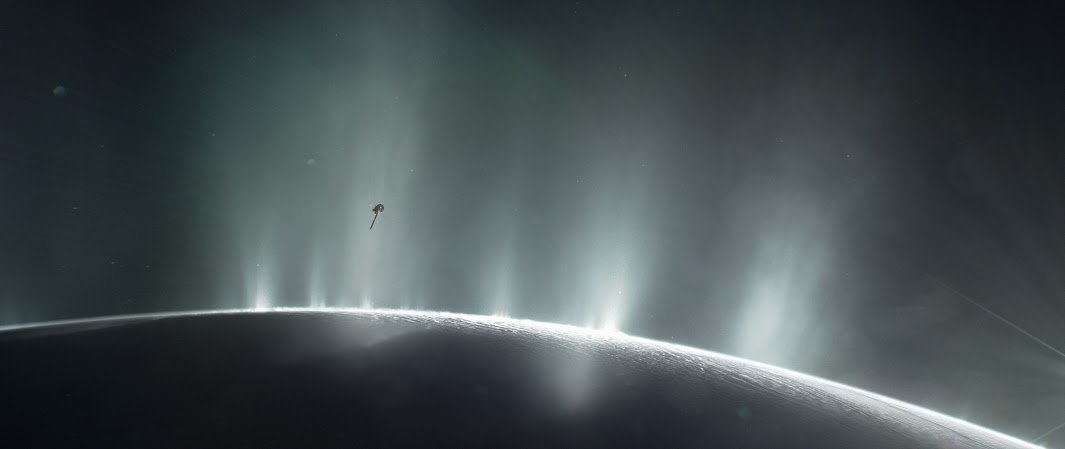
Several white papers discussed the desirability of sending a proble to Saturn’s moon Enceladus. plume of water vapor flowing out from its South Pole.Image credit: NASA/JPL-Caltech/Space Science Institute.
Proposed White Paper Subjects
The white paper from ELSI focuses how to improve and discover technology that can detect potential life on other planets and moons. It calls for an increasingly international approach to that costly and specialized effort.
The paper from Giri et al begins with a disquieting conclusion that only “lately, scattered efforts are being undertaken towards the R&D of the novel and as-yet space unproven ‘life-detection’ technologies capable of obtaining unambiguous evidence of extraterrestrial life, even if it is significantly different from {Earth} life. As the suite of space-proven payloads improves in breadth and sensitivity, this is an apt time to examine the progress and future of life-detection technologies.”
The paper points to one discovery in particular as indicative of what the team feels is necessary — an ability to search for life in regions theoretically devoid of life and therefore requiring novel detection
techniques or probes.
“For example,” they write, “air sampling in Earth’s stratosphere with a novel scientific cryogenic payload has led to the isolation and identification of several new species of bacteria; this was an innovative technique analyzing a region of the atmosphere that was initially believed to be devoid of life.”

Microbialites are fresh water versions of the organic and carbonate structures called stromatolites — which are among the oldest signs of life detected on Earth.Image credit: Pavilion Lake Research Project (PLRP).
Other technologies they see as promising and needing further development are high-sensitivity fluorescence microscopy techniques that may be able to detect extraterrestrial organic compounds with catalytic activity surrounded by membranes, i.e., extraterrestrial cells. In addition, they support on-going and NASA-funded work on genetic samplers that could go to Mars and — if present — actually identify nucleic acid-based life.
“With back-to-back missions under development and proposed by various space agencies to the potentially habitable Mars, Enceladus, Titan, and Europa, this is a right time for a detailed envisioning of the technologies needed for detection of life,” Giri said in an e-mail.
The NExSS white paper on potentially detectable biosignatures from distant exoplanets– one of four submitted by the group– is an especially ambitious one. The NASA-sponsored effort brought in many top scientists working in the field of biosignatures, and in the past year has already resulted in the publication or submission of five major science papers in addition to the white paper.
In keeping with the interdisciplinary mission of NExSS, the paper brought in people from many fields and ultimately advocates for a Bayesian approach to exoplanet life detection (named after 18th century statistician and philosopher Thomas Bayes. )
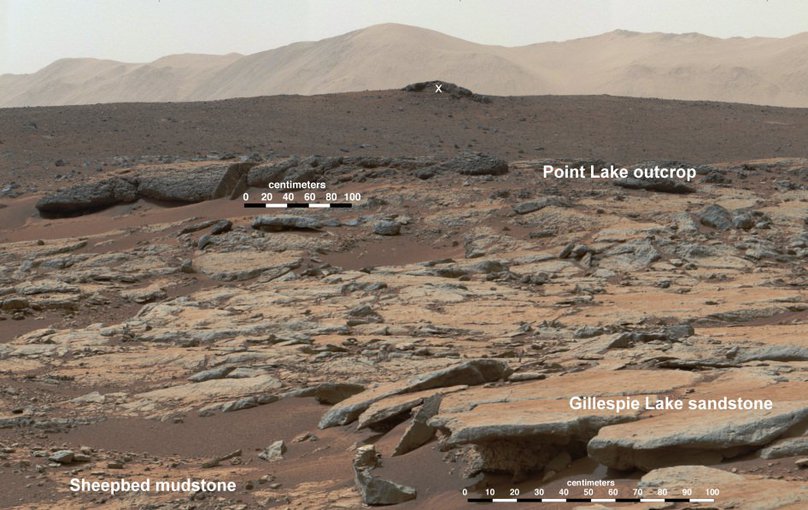
Yellowknife Bay on Mars, where the rover Curiosity first found conditions that were habitable to life. The rover subsequently found many more habitable spots, but no existing or fossil life so far.Image credit: NASA.
In most basic terms, the Bayes approach describes the probability of an event based on prior knowledge of conditions that might be related to the event. A simple example: Runners A and B have competed four times, and runner A won three times. So the probability of A winner is high, right? But what if the two competed twice on a rainy track and each won one race. If the forecast for the day of the next race is rain, the probability of who will be the winner would change.
This approach not only embraces probability as an essential way forward, but it is especially useful in terms of weighing probabilities involving many measurements and fields. Because the factors involved in finding a biosignature are so complex and potentially confounding, they argue, the field has to think in terms of the probability that a number of biosignatures together suggest the presence of life, rather than a 100 percent certain detection (although that may some day be possible.)
Both Domagal-Goldman and collaborator Nancy Kiang of NASA’s Goddard Institute for Space Studies are eager to adopt climate modeling and it’s ability to use known characteristics of divergent sub-fields to put together a big picture. (Those two, along with Niki Parenteau of NASA Ames Research Center led the NExSS effort.)

Nancy Kiang of the Goddard Institute for Space Studies in New York, explores (among other subjects) the possibility of using photosynthetic pigments as biosignatures on exoplanets.Image credit: NASA.
“For instance,” Kiang said, “the general circulation model (GCM) at GISS simulates the global circulation patterns of a planet’s wind, heat, moisture, and gases, providing statistical behaviors of the simulated climate.” She sees a similar possibility with exoplanets and biosignatures.
Such a computer model can take in data from different fields and come up with some probabilities. The model “might tell us that a planet is habitable over a certain percent of its surface,” she said.
“A geochemist or planetary formation person might then tell us that if certain chemistry exists on that planet, it has good potential for prebiotic compounds to form. A biologist and geologist might tell us that certain surface signatures on the planet are plausible for either life or mineral background.” That’s not a robust biosignature, but the probability that it could be life is not zero, depending on origin of the signature.
“These different forms of information can be integrated into a Bayesian analysis to tell us the likelihood of life on the planet,” she wrote.
One arm of the NExSS team is already using the tools of climate modeling to predict how particular conditions on exoplanets would play out under different circumstances.
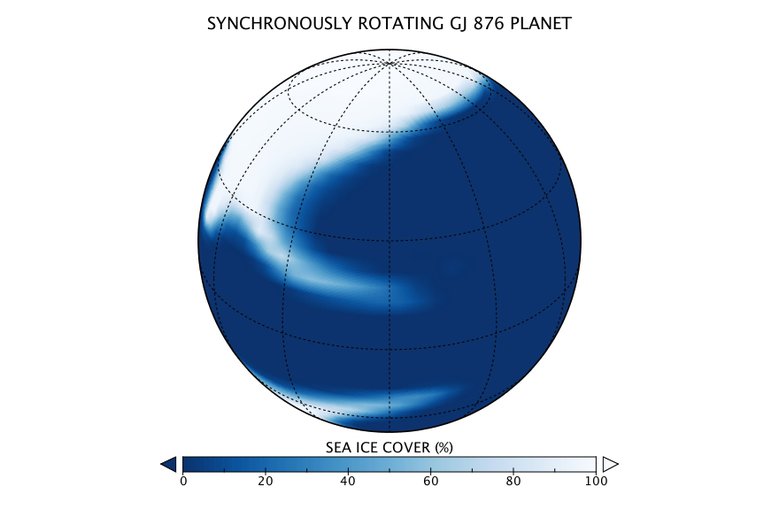
This example of how Earth planet modeling can be used for exoplanets is a plot of what the sea ice distribution could look like on a synchronously rotating ocean world. The star is off to the right, blue is where there is open ocean, and white is where thImage credit: NASA/GISS/Anthony Del Genio.
I will return to the NExSS biosignatures white paper later, since it is so rich with cutting edge thinking about this upcoming stage in space science. But I do want to include one specific recommendation made by the group, which calls itself the Exoplanet Biosignatures Workshop Without Walls (EBWWW).
What they say is necessary now is for more biologists to join the search for extraterrestrial life.
“The EBWWW revealed that the search for exoplanet life is still largely driven by astronomers and planetary scientists, and that this field requires more input from origins of life researchers and biologists to advance a process-based understanding for planetary biosignatures.
“This includes assessing the {already assessed probability} that a planet may have life, or a life process evolved for a given planet’s environment. These advances will require fundamental research into the origins and processes of life, in particular for environments that vary from modern Earth’s. Thus, collaboration between origins of life researchers, biologists, and planetary scientists is critical to defining research questions around environmental context.”
The recommendation, it seems to me, illustrates both the minority and the maturing of the field.


